Dress codes are an often debated policy, from courtrooms to the desks of lawmakers. The controversial point is sexism, whether these codes enforce an ulterior agenda or if they promote a safe learning space.

The real question in the Parkway Dress Code Policy debate is not “Which shirt should we allow them to wear” but rather “Are the policies designed to keep us safe or are they really just sexist?”
From a young age, I was always told to cover up. Never wear anything cut too low or too short. I was told that if I didn’t follow these rules, I would have to change clothes, and I watched as girls I knew were told to put on jackets that didn’t belong to them by school administration in middle and high school. I think it’s sexism. I think that the male population should be able to sit in a room with a girl’s shoulder showing and still pass their math quiz. These ‘dress code violations’ have become a scapegoat for laziness.
By saying a low cut shirt is a ‘distraction’ to the male students, doesn’t that show how little we expect of men? This idea in itself defines how the dress code is sexist, because the dress code applies to all gender identities, not just the traditional standard of male and female. Many people would say that everyone benefits from the dress code. However, It is harmful to not only cis women, but also cis males, transgender students and all other gender identities.
Students in the United States feel that dress codes are more harmful than helpful. Students around the world rally behind activists who say that dress codes are sexist and cause girls to feel like they have to cover. This can hinder confidence and individuality, which is how the #IAMmorethanadistraction campaign started. All too many times we hear the administrators harp or the teachers say that this is a workplace, a place where it is our responsibility to not wear clothes that are distracting. To not wear clothes that show too much leg, too much shoulder. In fact, we feel the need to hide our bodies, be ashamed of the features that make us so unique. Parents, teachers and students argue that dress codes make us ‘look’ better or promote a more professional atmosphere, but since when has the type and shape of cloth on our bodies defined who we are and how intelligent or successful we will become? It should never be like that. Dress should not affect people’s view of our futures, only our potential should.
Though Parkway dress code may be vague, the meaning behind it is not. Take the specific clothing items mentioned. Five of the nine specific things mentioned were geared towards the female body. What defines some of those words? What is a “low cut” shirt on a guy? The answer is: nothing, there is no such item. The dress code is far more restrictive on what women can wear in comparison to men. It’s because women are more comfortable showing more skin, and it goes back to the ideology and creation of our society. Regardless, Parkway’s dress code is sexist.

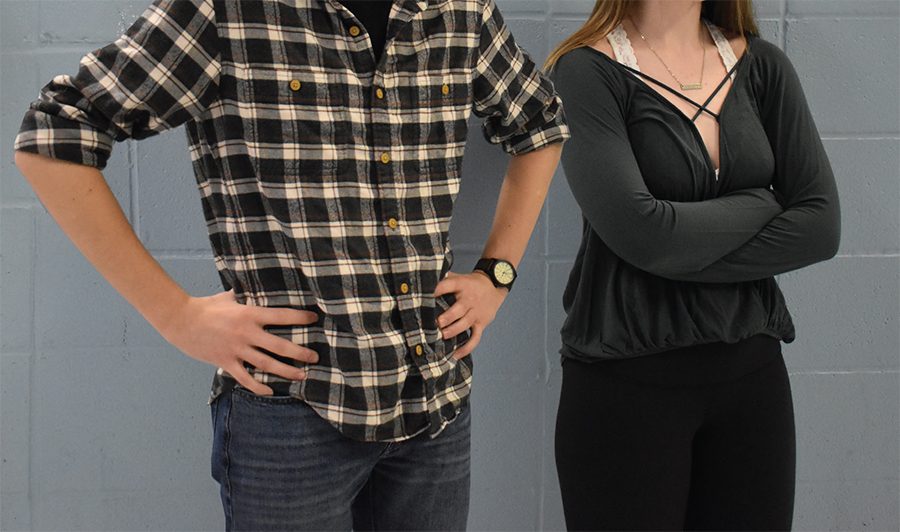

![Junior Fiona Dye lifts weights in Strength and Conditioning. Now that the Trump administration has instituted policies such as AI deregulation, tariffs and university funding freezes, women may have to work twice as hard to get half as far. "[Trump] wants America to be more divided; he wants to inspire hatred in people,” feminist club member and junior Clara Lazarini said.](https://pwestpathfinder.com/wp-content/uploads/2025/05/Flag.png)
![As the Trump administration cracks down on immigration, it scapegoats many immigrants for the United States’ plights, precipitating a possible genocide. Sophomore Annabella Whiteley moved from the United Kingdom when she was eight. “It’s pretty scary because I’m on a visa. When my visa expires next year, I’m not sure what’s going to happen, especially with [immigration] policies up in the air, so it is a concern for my family,” Whiteley said.](https://pwestpathfinder.com/wp-content/uploads/2025/05/DSC_0077-7copy.jpg)
![Shifting global trade, President Donald Trump’s tariffs are raising concerns about economic stability for the U.S. and other countries alike. “[The tariffs are] going to pose a distinct challenge to the U.S. economy and a challenge to the global economy on the whole because it's going to greatly upset who trades with who and where resources and products are going to come from,” social studies teacher Melvin Trotier said.](https://pwestpathfinder.com/wp-content/uploads/2025/05/MDB_3456-1200x800.jpg)
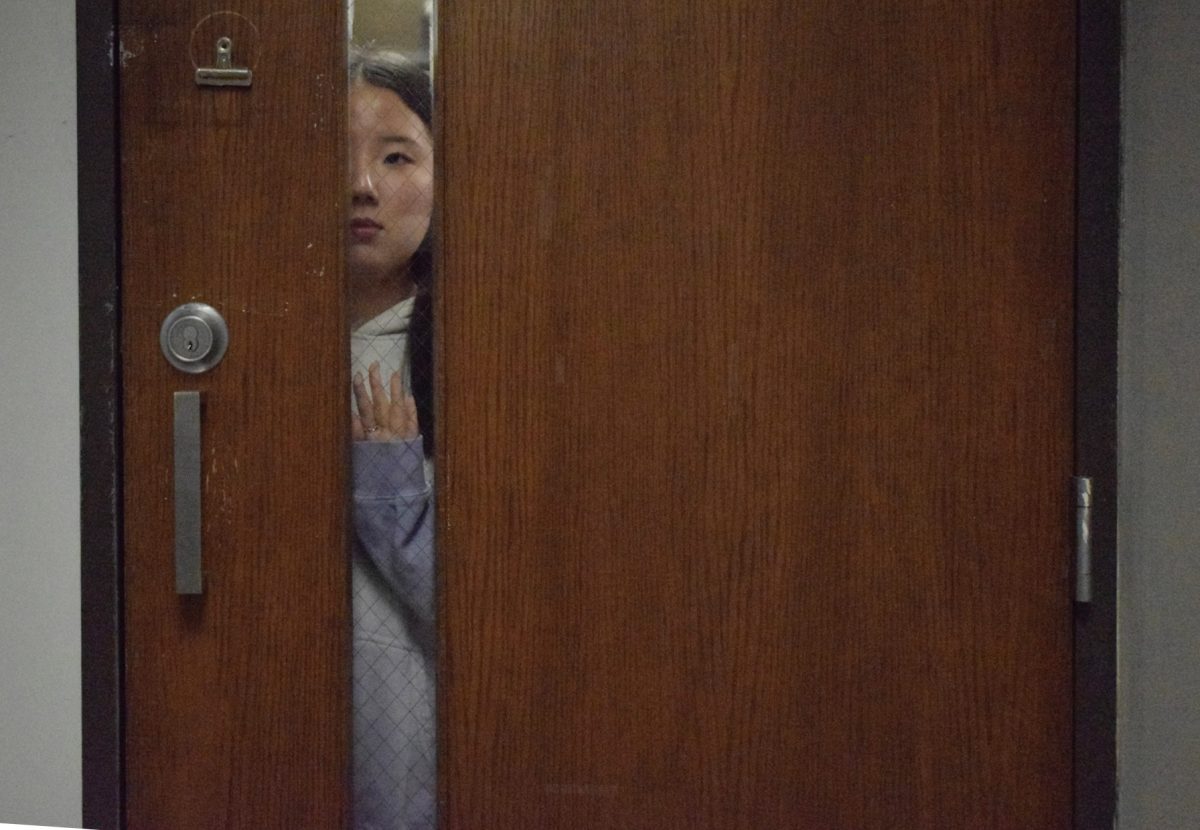

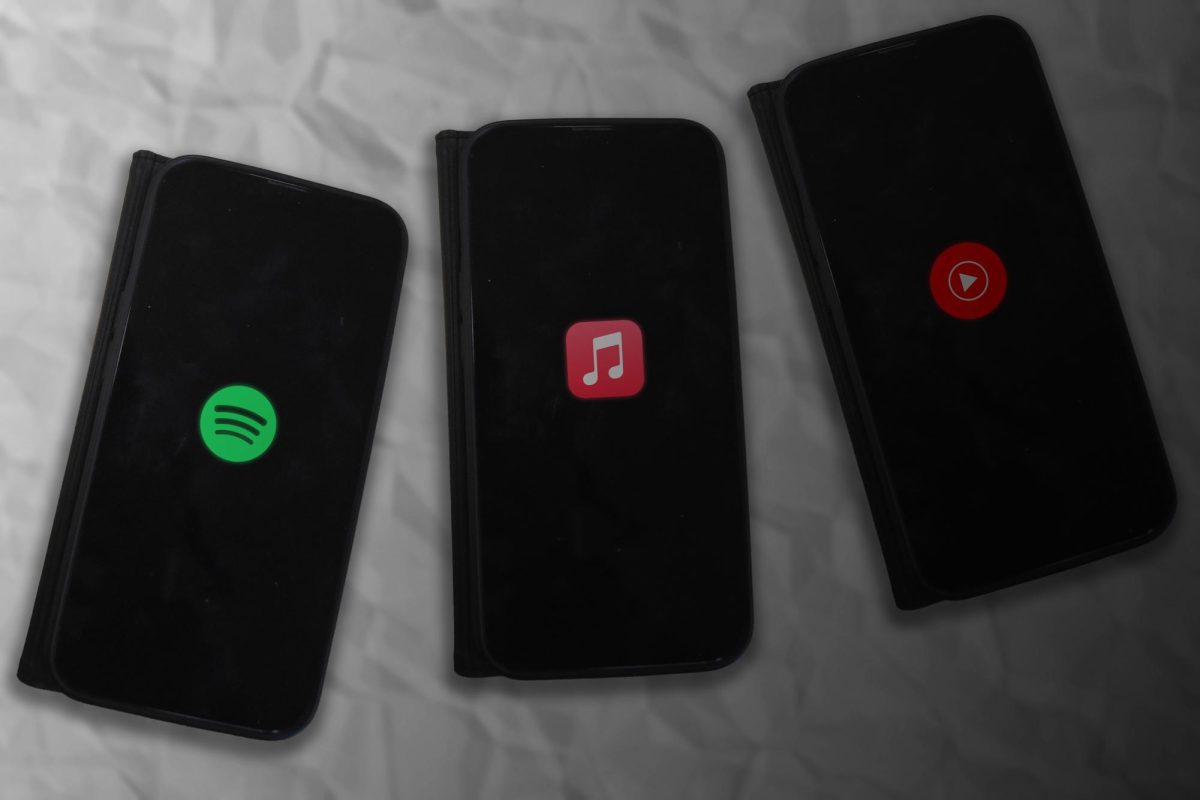
![Some of the most deadly instances of gun violence have occurred in schools, communities and other ‘safe spaces’ for students. These uncontrolled settings give way to the need for gun regulation, including background and mental health checks. “Gun control comes about with more laws, but there are a lot of guns out there that people could obtain illegally. What is a solution that would get the illegal guns off the street? We have yet to find [one],” social studies teacher Nancy Sachtlaben said.](https://pwestpathfinder.com/wp-content/uploads/2025/01/DSC_5122-1200x800.jpg)
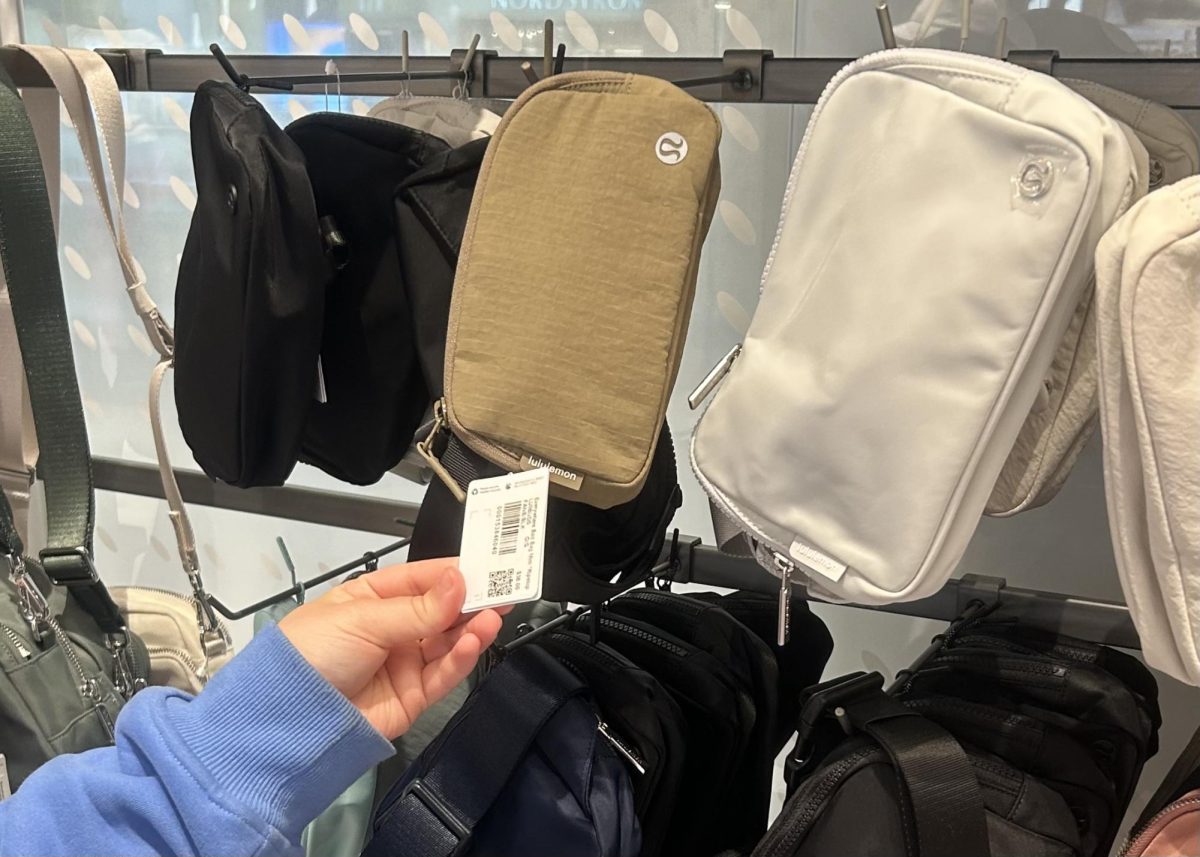
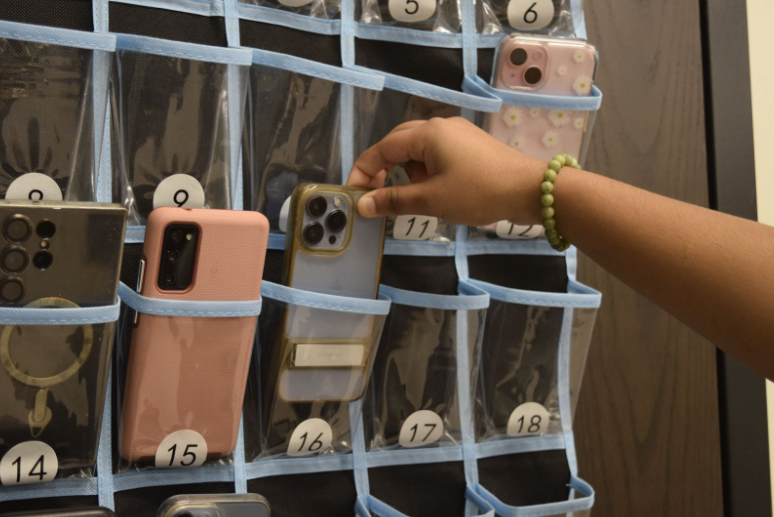
![Making up a large portion of the film industry, many popular movie remakes and sequels have been released recently. Similar to film remakes, theater teacher Amie Gosset often uses play adaptations of famous movies for theater productions. “It’s challenging because people have an idea of what the film is, whether it’s an iconic film or one they really liked. [Consumers] come in with a preconceived notion of how the [film] should be. Then, [they] are either surprised because they like the new version or disappointed because it’s not what they’re used to.”](https://pwestpathfinder.com/wp-content/uploads/2024/12/DSC_0042-1200x801.jpg)

Laura • Mar 9, 2017 at 10:40 pm
I don’t know you, Katie, but I’ve liked a number of your pieces in the past. However, on this one I have to say I think you’re nuts. If a guy showed up wearing a tiny tank and shorts short enough to see his butt cheeks I’d hope the administration would send him home, too. Not everything is about sexism. Dress codes are about teaching what is appropriate in a more professional environment and what is not, and about respect for yourself and for those around you. Almost every place of employment will have a dress code too, and if you’re lucky it’s written down and not just “figured out”. You’re right, an appropriate dress code shouldn’t need to be spelled out, but if it weren’t I’m not sure some would ever figure it out. I think Parkway’s dress code is already more lenient than many, I’d leave it alone.
Kels • Mar 2, 2017 at 10:54 am
Honestly, I believe that dress codes are used due to the fact that it’s become expected of schools to have a dress code for the sake of fitting in with other school districts. I’m most certainly NOT bashing the Parkway school district, but it’s become ridiculous. It’s putting males at this school down, basically saying that they are low enough to stare at a female’s shoulders. For goodness’ sake, they’re just shoulders. It’s also putting females down, telling them they need to hide their body, and be disciplined just for wearing a tank top. This dress code is putting females down also in that they shouldn’t express their style, or even their personality; therefore limiting their individuality. Sexism isn’t just when it’s against women, and I feel that this form of sexism targets both genders. I am highly opinionated on this topic, but I don’t stoop to the lows of my opinions. This is straight fact. Dress codes limit individuality, and oppress both genders from expressing themselves. I would love to talk about this more, if you have the time. I’ve dealt with this dress code situation before, so if you’d like to interview for anything, contact me with the e-mail I provided. I hope I didn’t bore you with all my rambling.
sara • Feb 11, 2017 at 1:54 am
What do dress codes say about girls bodies http://bit.ly/2kyI0y8
B Antonenko • Feb 4, 2017 at 7:30 pm
I think that a dress code can be helpful, but at the same time each persons body is different and dress codes generally target body types and they also can target an individuals confidence. Side note-I personally don’t see how a bit of stomach could distract anyone. Overall, I agree that dress codes are more restrictive to women, but I do believe there should be some restrictions.